Optimal Timing for Radon Gas Mitigation
Radon gas mitigations are most effectively performed during specific periods to ensure optimal results and safety. The best time to undertake radon mitigation depends on factors such as seasonal changes, weather conditions, and the building's occupancy patterns.
Mitigations are often most effective during colder months when homes are sealed tighter, reducing radon entry.
Dry and mild weather conditions facilitate easier installation and testing, ensuring accurate radon level readings.
Performing mitigation during periods of high occupancy helps in assessing the system's effectiveness immediately.
Radon testing is recommended before and after mitigation, ideally during seasons with typical radon levels for accurate assessment.
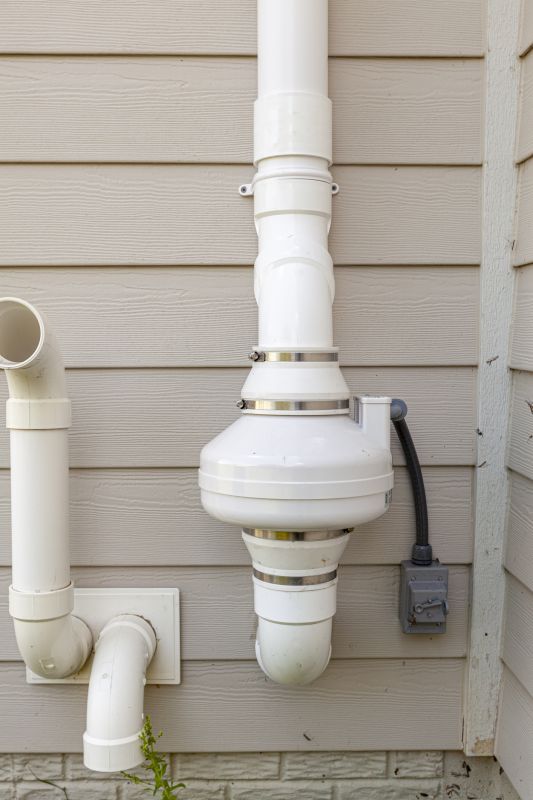
Technicians installing radon mitigation systems in a basement.
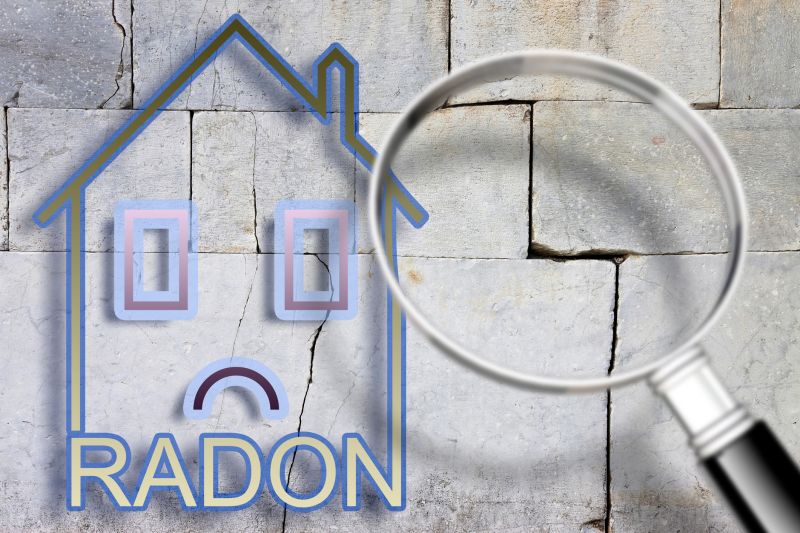
Sealing cracks and entry points to reduce radon ingress.
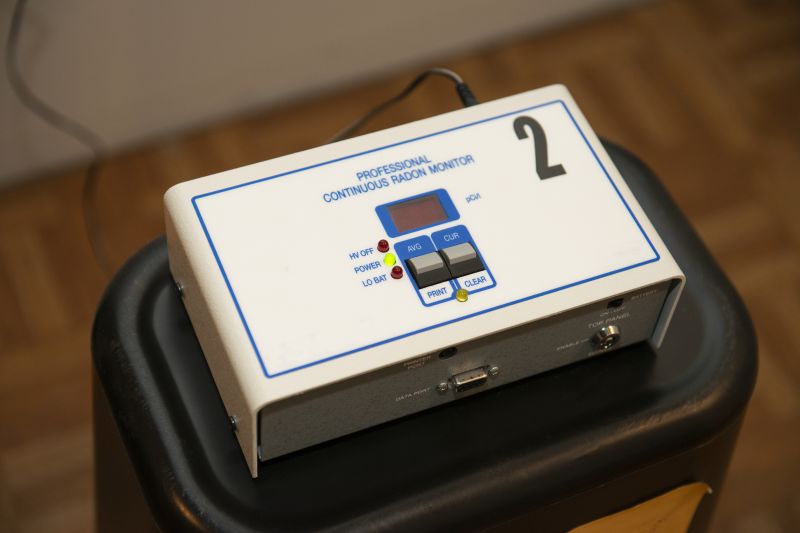
Radon testing devices used to measure indoor radon levels.
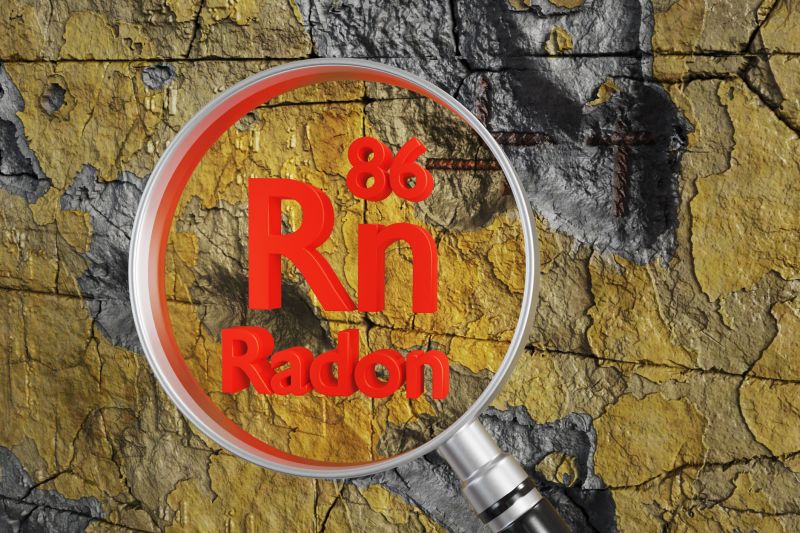
Clear skies and moderate temperatures support effective mitigation work.
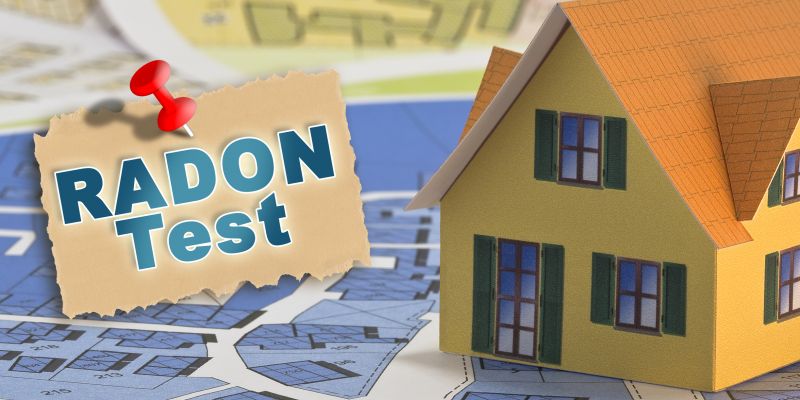
Homes sealed during winter to maximize radon reduction.
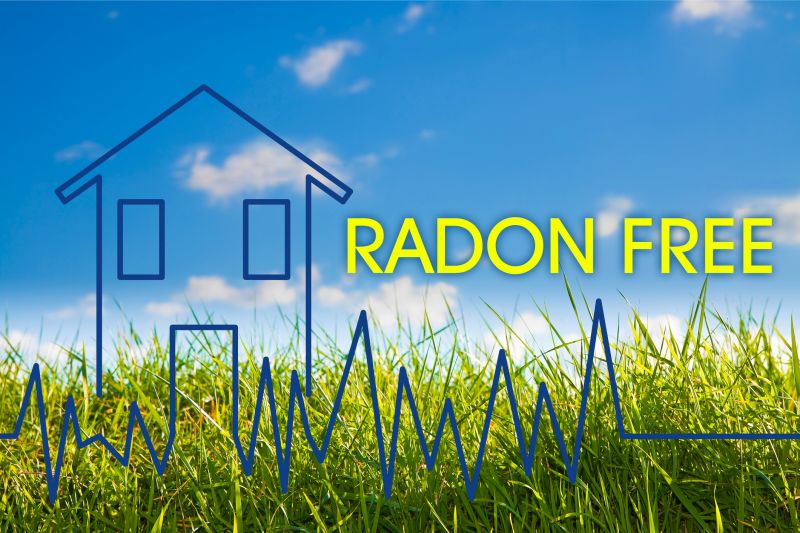
Residents during mitigation to monitor air quality improvements.
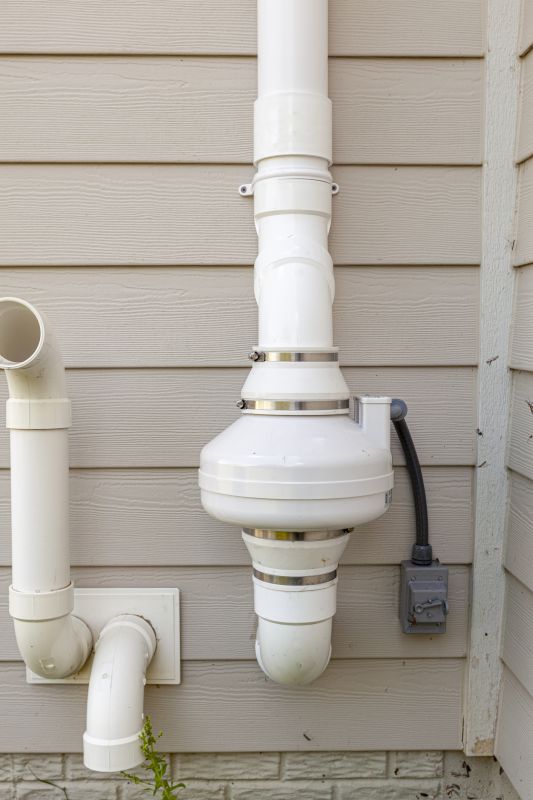
Pipes, fans, and venting systems installed for radon reduction.
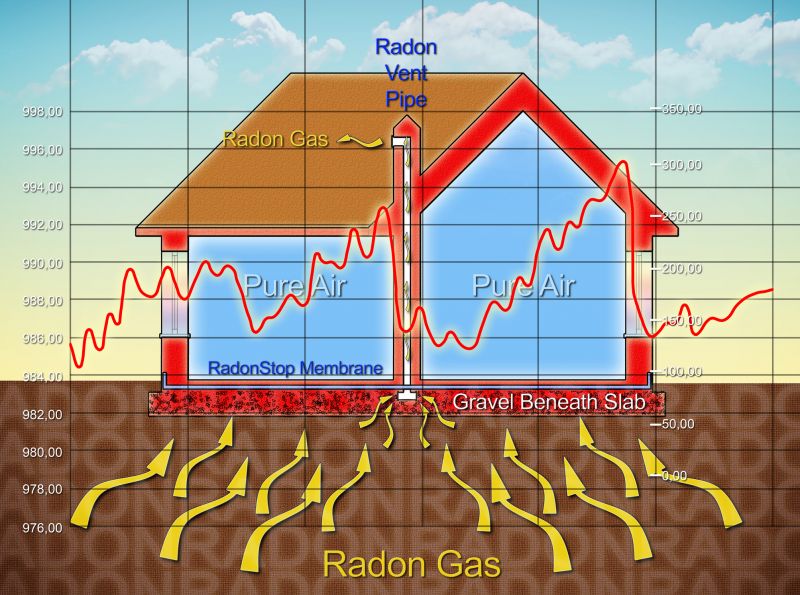
Assessing radon levels after system installation.
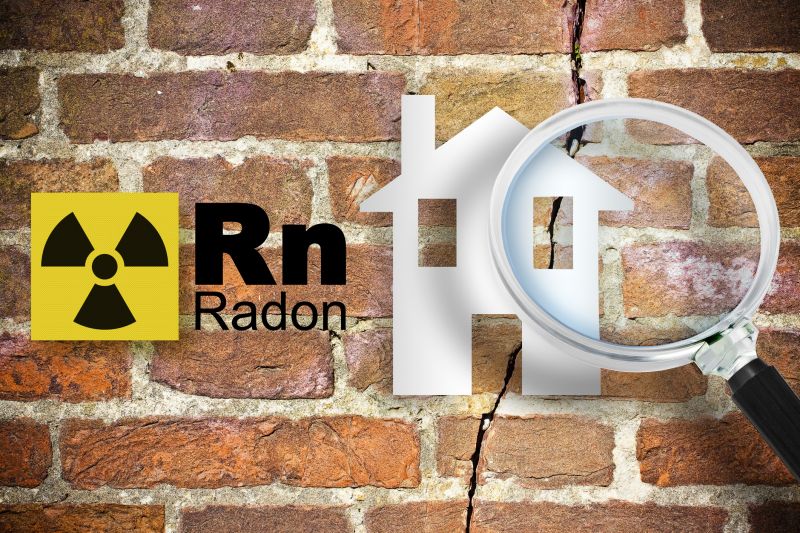
Regular system inspections to ensure ongoing effectiveness.
| Best Time for Mitigation | Supporting Details |
|---|---|
| Winter | Homes are sealed, radon levels can be higher, making mitigation more effective. |
| Fall and Spring | Moderate weather conditions facilitate installation and testing. |
| During High Radon Levels | Mitigation should be performed when radon levels are elevated for immediate reduction. |
Radon mitigation involves installing systems designed to reduce radon concentrations within indoor environments. These systems typically include vent pipes, fans, and sealing techniques to prevent radon entry and facilitate safe venting outside. Radon exposure is linked to increased lung cancer risk, making timely mitigation essential for health protection. According to the Environmental Protection Agency, nearly 1 in 15 homes nationwide has elevated radon levels, emphasizing the importance of proper mitigation strategies.
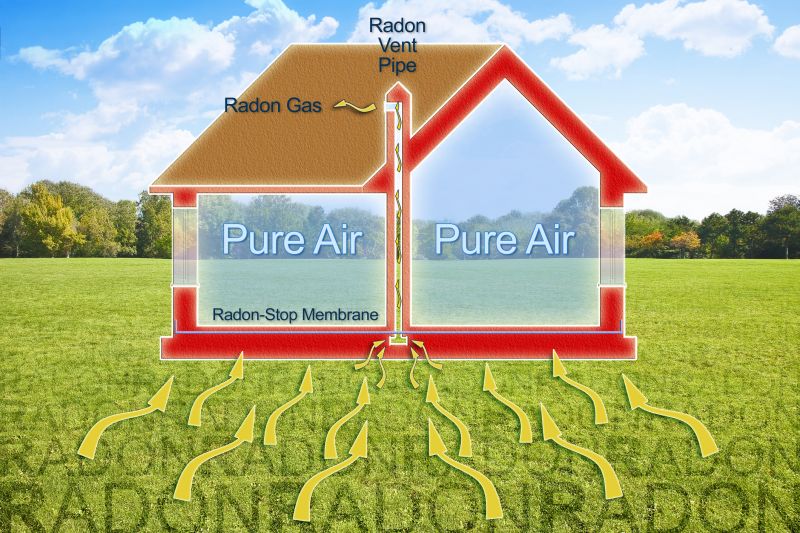
Vent pipes and fans installed in a basement.
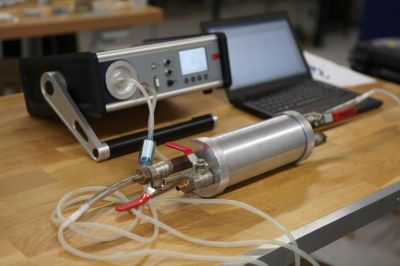
Devices used to measure radon levels before and after mitigation.
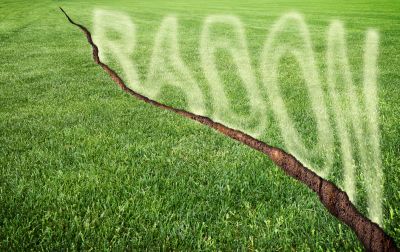
Cracks and gaps sealed to prevent radon entry.
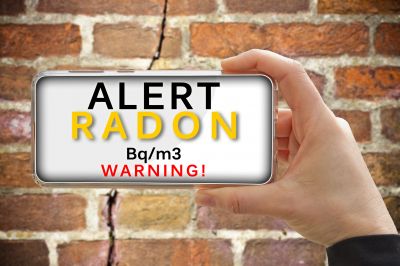
Vent pipes directing radon safely outside.

Popular materials for Radon Gas Mitigations and why they hold up over time.
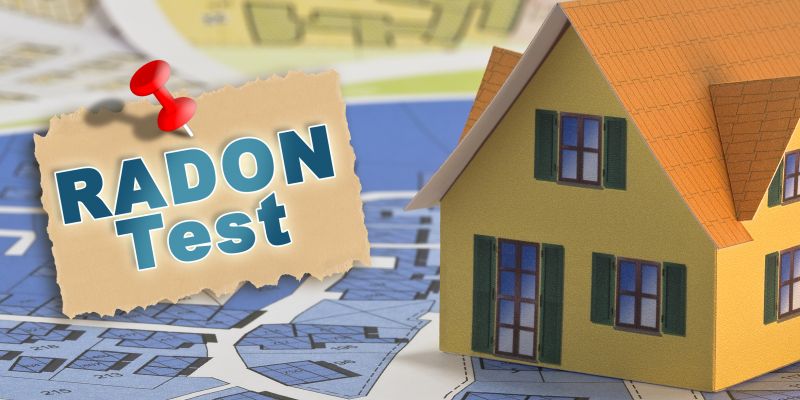
Simple add-ons that improve Radon Gas Mitigations without blowing the budget.
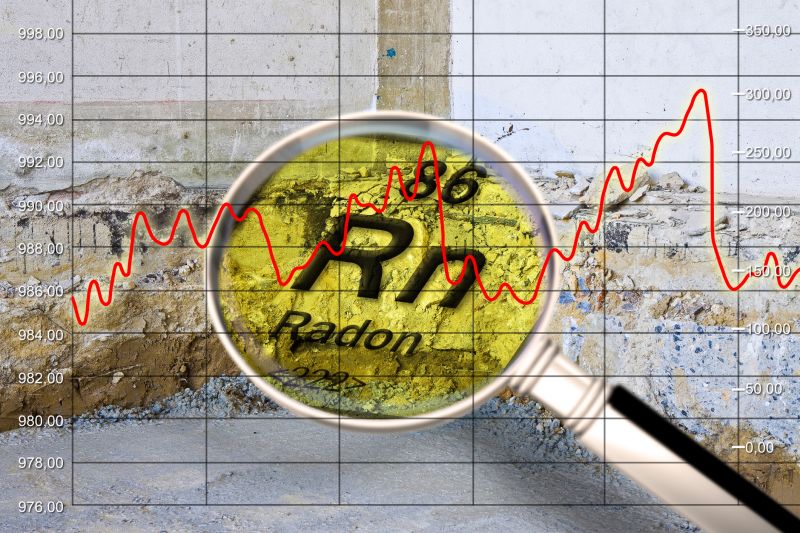
High-end options that actually feel worth it for Radon Gas Mitigations.
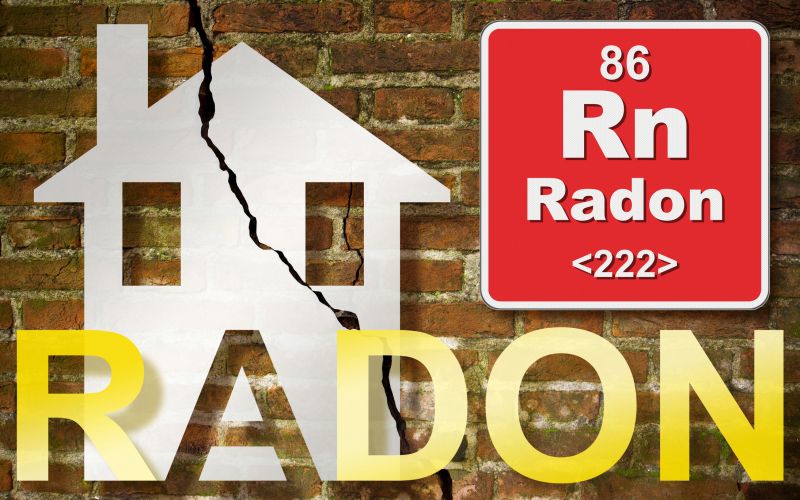
Finishes and colors that play nicely with Radon Gas Mitigations.
Timely radon mitigation can significantly reduce indoor radon levels, improving indoor air quality and reducing health risks. Conducting mitigation during optimal weather conditions and high radon seasons enhances system performance and longevity. Regular testing after mitigation ensures that radon levels remain within safe limits, maintaining a healthy indoor environment.
Interested in reducing radon levels in a property? Filling out the contact form provides an opportunity to receive professional guidance and schedule mitigation services tailored to specific needs in Akron, Ohio.
